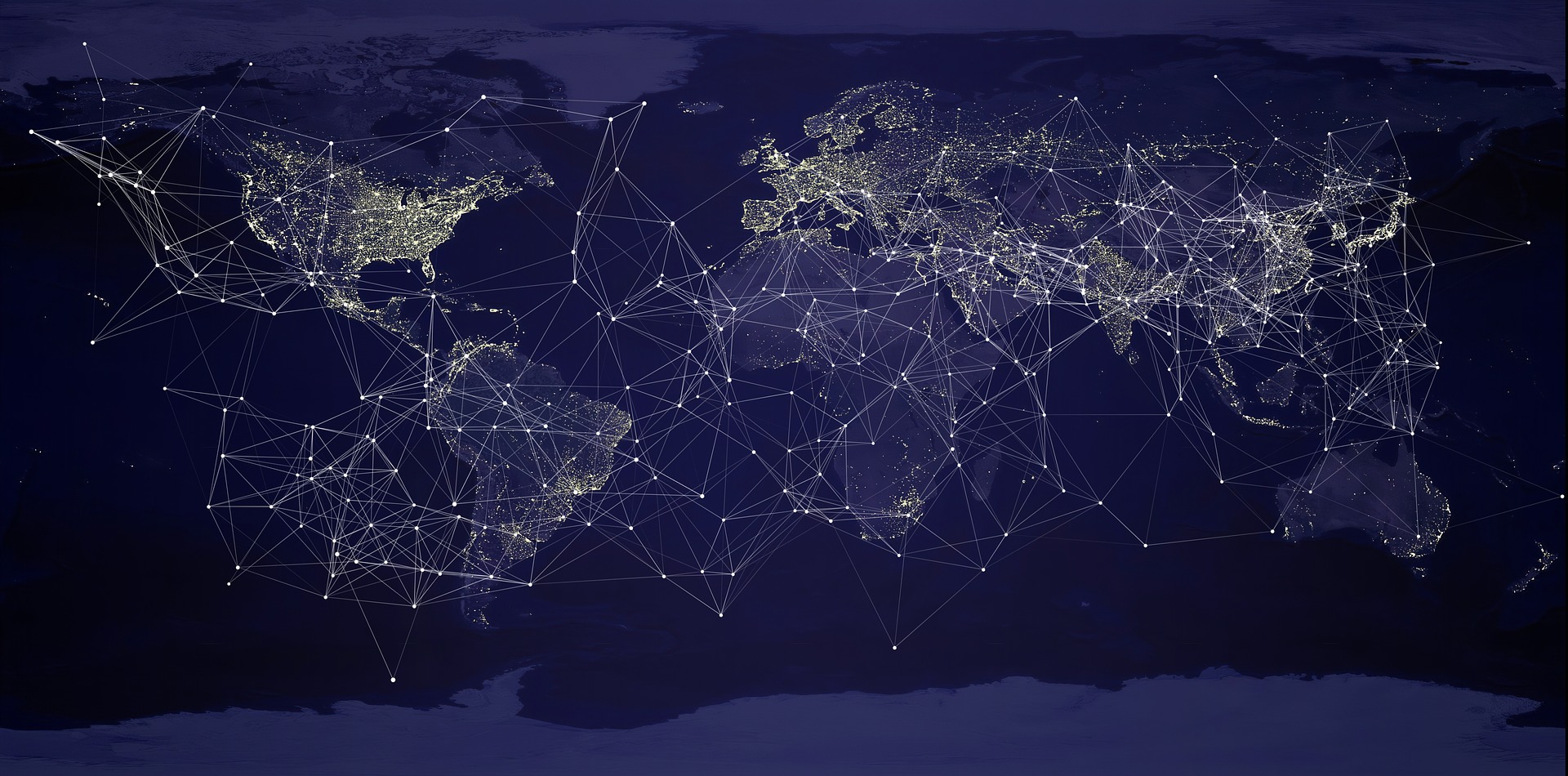The biggest DDoS attack in history?


The Cloudflare team was supposed to stop history’s biggest DDoS (distributed denial-of-service) attack last weekend. Global data shows that the number of attacks and their scale is increasing.
The company claims to have detected and mitigated the effects of not one, but dozens of simultaneous DDoS attacks against its customers over the weekend of February 11th and 12th 2023.
Cloudflare executives told Bleeping Computer that at its peak, the number of requests was 50-70 million per second. They said:
“This is the largest reported DDoS attack in history. More than 35 percent larger than the previous reported record of about 46 million requests per minute in June 2022,”.
CLodflare executives
DDoS attacks disrupting the operation of the website/system/service were to be carried out using over 30,000 IP addresses. The target was game companies, cloud computing platforms, and cryptocurrency companies.
More and more DDoS attacks
DDoS attacks are not considered difficult to carry out or as dangerous as ransomware attack – which ends up blocking access to the system/server and demanding a ransom from the victim.
However, as the Cloudflare report indicates: DDoS attacks are to occur more often and have an increasing scale – each year their number increased by 79 percent. On the other hand, those exceeding the frequency of 100 Gb / s increased by 67 percent.
So far, the highest reported DDoS attack blocked Google services in August 2022, targeting the Google Cloud Armor. It reached a staggering number of 46 million requests per minute.
Cybercriminals use botnets for their attacks, that is networks of computers infected with malware that attack other devices with millions of requests per second, thus causing server overload and disconnection of the service.
At the end of December 2022, we reported that around 50 of the world’s largest platforms designed to conduct DDoS attacks against “critical online infrastructure” were taken down. Police units from five countries participated in the action, including the Central Office for Combating Cybercrime.
DDoS attacks are also an everyday occurrence in the war in Ukraine – they are carried out by both the Ukrainian and Russian sides, not only by hacktivists or cybercriminal groups but also by people who have little technical skills and want to get involved in the fight in cyberspace.